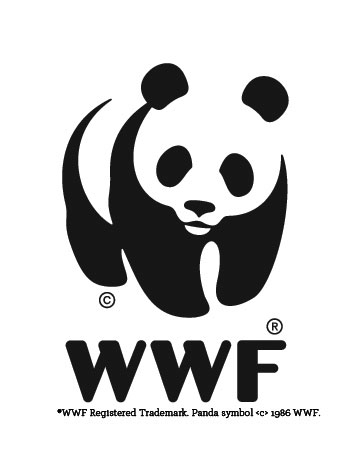Who hasn’t come across the renowned World Wildlife Fund (WWF) panda logo before? World Wildlife Fund (WWF) is the world’s leading conservation organization, working in 100 countries for nearly half a century. With the support of almost 5 million members worldwide, WWF is dedicated to delivering science-based solutions to preserve the diversity and abundance of life on Earth, halt the degradation of the environment and combat climate change.
I embrace WWF’s work because I see the organization as very caring, responsible and credible. I’ve learned from early on how important it is to conserve earth’s resources and that it’s more efficient to work with nature instead of against it. From the Amazon to the Arctic, WWF is building a future where human needs are met in harmony with nature. By 2020 their goal is to conserve 19 of the world’s most important natural places and significantly change global forces to protect the future of nature. Their experts are active at every level – from field work to government – conserving the largest tropical rain forests, the most diverse coral reefs, and the world’s most endangered species.
Some of WWF’s current projects include:
• advocating for the protection of Arctic species including the polar bear and western gray whale
• calling for moratoriums on gas and oil exploration in the Arctic, as well
• advancing grassland conservation in the Northern Great Plains by establishing conservation areas and protecting species, such as bison and prairie dogs
• empowering communities in Namibia to manage their natural resources
• creating protected areas in parts of Asia where tigers are losing their habitats due to deforestation
There are so many reasons why the work of WWF is so important and should win the Better to Give contest. Most importantly, conservation and restoration is something that needs to happen on a large scale and on a global level and WWF has the resources to reach out to and work with people all around the world. In order to achieve its goals, WWF partners up with different groups, such as other NGOs, governments, businesses, scientists, investment banks, farmers, fishers, businesses and local communities.
WWF also uses its resources to run public campaigns that are designed to influence decision makers and educate people on how to live a more sustainable life. Thinking about the big picture of our changing climate, it is apparent that a behavior change needs to happen on many levels and having a widely-recognized brand and strong public outreach programs helps in getting things done.
– Trini Gantner, UncommonGoods Sustainability/Product Development
Agree with Trini, our sustainability expert? Vote here to put WWF into the final round for the Better to Give contest.


No Comments